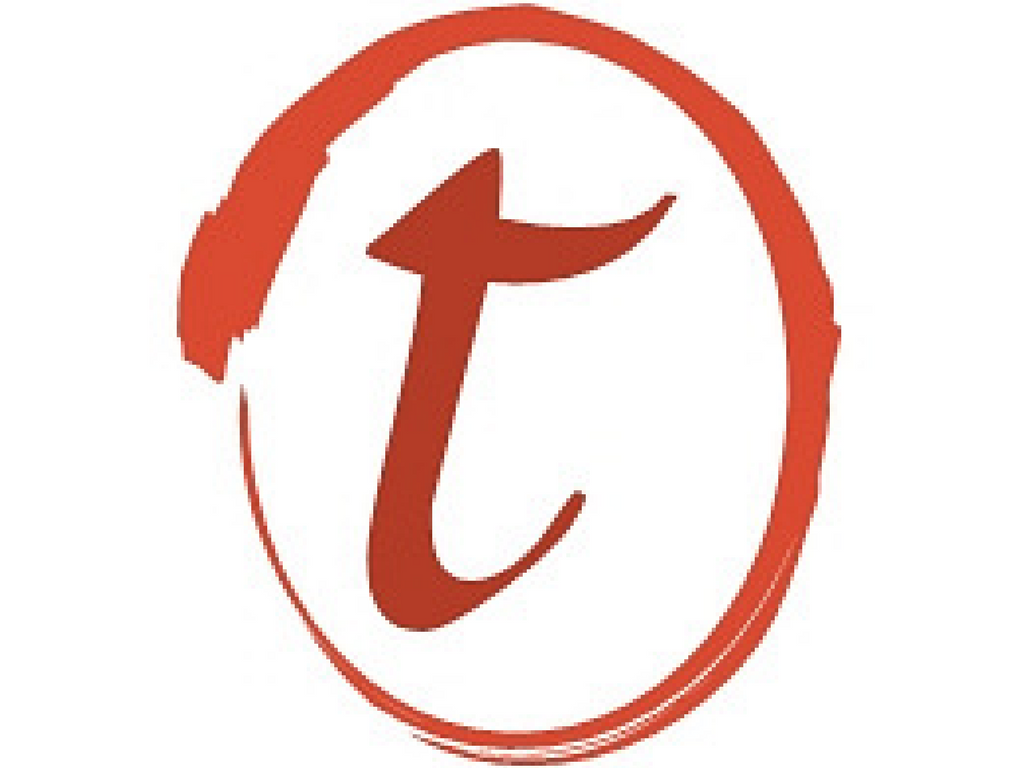Mats, Props, and Blankets
- Many students practice on a yoga mat. This provides extra cushioning and grip for your hands and feet. Some students, though, prefer practicing on a bare floor or blanket. What you choose depends upon the type of yoga and your personal preference. Feel free to experiment, that’s what yoga is about.
- Yoga props include blocks (foam or cork) and straps. Teachers may ask you to use these during class to support you during specific poses. If you aren’t certain how to use them correctly, ask your teacher.
- Blankets — often wool — are useful for supporting poses or keeping you warm during relaxation.
- The studio has mats, blocks, blankets, bolsters and straps available for use. If you borrow a mat, please clean it afterwards. This keeps it fresh for the next student. Mat cleaner and towels are available in the studio.
Clothing
- While you don’t need to have top-of-the-line yoga clothing in order to practice yoga, comfortable clothing is essential.
- Wear clothing that is suitable for exercising, either loose- or form-fitting. Over time, you will discover what works best for you.
- Yoga classes are held at room temperature, so dress in layers. You will warm up once you start moving, but may need a sweatshirt during relaxation.
- Yoga is best practiced in bare feet, but you can always keep your socks on if you feel more comfortable that way.
Food and Water
- Both food and water can affect your yoga practice. Over time, you will learn what your body needs before (and after) class.
- In the beginning, it is good to avoid eating 1-2 hours before class. If you need to eat right before class, try having light or low-acid foods in moderation. A pre-class burrito is usually a bad idea.
- Drink plenty of water during the day. During class, though, drink sparingly. As your body adjusts to yoga, your thirst during class will decrease.
Precautions, Injuries, and Conditions
- Yoga is suitable for all individuals — regardless of age or fitness level — but it is important to adjust your yoga practice to fit your body and specific needs.
- If you have injuries (old or new) or medical conditions that might affect your practice, please inform your teacher. Most yoga poses can be modified to meet your needs and still provide you with an enjoyable class.
- If you are pregnant, definitely let your teacher know. As you progress throughout your pregnancy, you will need to modify more yoga poses. You can also check out a prenatal yoga class. These are tailored to meet your specific needs.
- Pain, dizziness, or difficulty breathing during a yoga class are all signs that you should stop what you are doing. Listen to your body rather than pushing through just to keep up with the rest of the class. It is always appropriate to rest if you need to.
Flexibility and Strength
- You don’t need to be flexible to do yoga.
- You also don’t need to be able to touch your toes, stand on your head, or twist into a pretzel while balancing on one hand.
- Yoga is about more than just flexibility and crazy poses. Yoga is a way to focus your mind by working with your body and breath.
Making Progress
- The more yoga you do, the more you will progress. In general if you practice one day a week, you will feel like you are always starting over. If you practice two days a week, you will maintain whatever progress you make during class. If you practice three or more times a week, you will make more progress.
- Yoga is gradual. Think about how many years it took your body (and mind) to get where it is now. Don’t expect it to be undone overnight. Many people notice changes happening after a month.
We hope that this Beginner’s Guide to Yoga has been helpful. Please share your questions and comments below.

